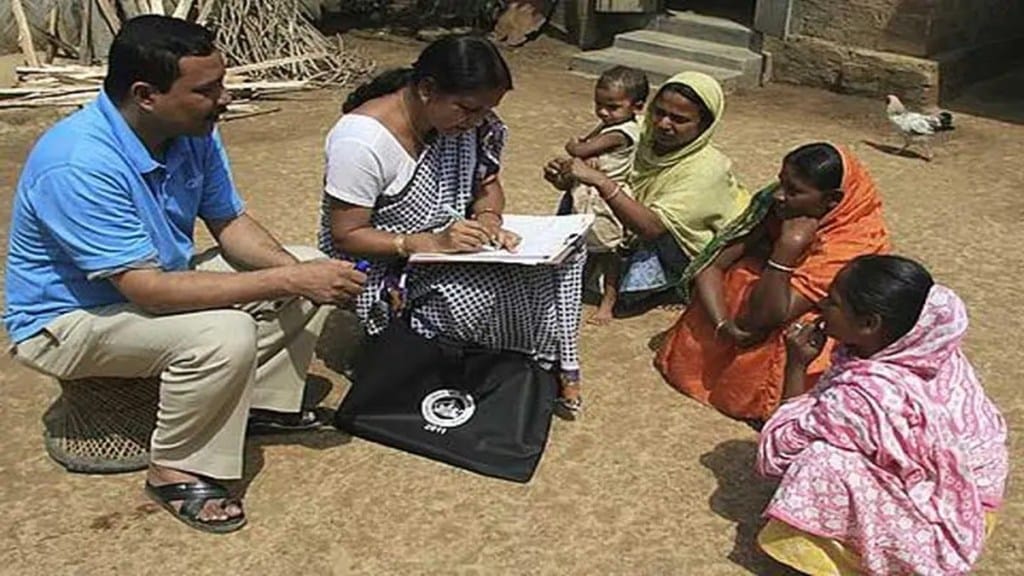The Ministry of Home Affairs on Wednesday announced the schedule for the long-delayed Census, confirming that it will include caste enumeration. The exercise will be carried out in two phases, with reference dates set for October 1, 2026, in snow-bound regions and March 1, 2027, for the rest of the country.
In an official statement, the ministry said, “The reference date for Population Census – 2027 will be 00:00 hours of the first day of March 2027. For the Union Territory of Ladakh and the non-synchronous snow-bound areas of the UT of Jammu and Kashmir and states of Himachal Pradesh and Uttarakhand, the reference date will be 00.00 hours of the first day of October 2026.”
It further noted that, “It has been decided to conduct Population Census-2027 in two phases along with enumeration of castes.” The announcement marks the first official confirmation of the government’s plan to integrate caste data collection with the national census, a politically significant move with implications for policymaking and affirmative action.
“The notification for the intent of conducting the Population Census with these reference dates will be published in the official gazette tentatively on 16.06.2025, as per provision of section 3 of Census Act 1948,” the statement said.
This will be India’s first Census in more than 15 years. The last exercise was conducted in 2011. The Census scheduled for 2021 was postponed due to the outbreak of the COVID-19 pandemic. As the ministry noted, “All preparations for the first phase of the Census to be conducted in 2021 were completed and the fieldwork was scheduled to begin in some States/UTs from April 1, 2020. However, due to the outbreak of the COVID-19 pandemic across the country, the census work was postponed.”
The Census is conducted under the legal framework of the Census Act, 1948 and the Census Rules, 1990. With the new timeline, preparations for one of the world’s largest population enumeration exercises are expected to resume in earnest, potentially reshaping the data landscape on social demographics, especially with the inclusion of caste data for the first time in decades.

